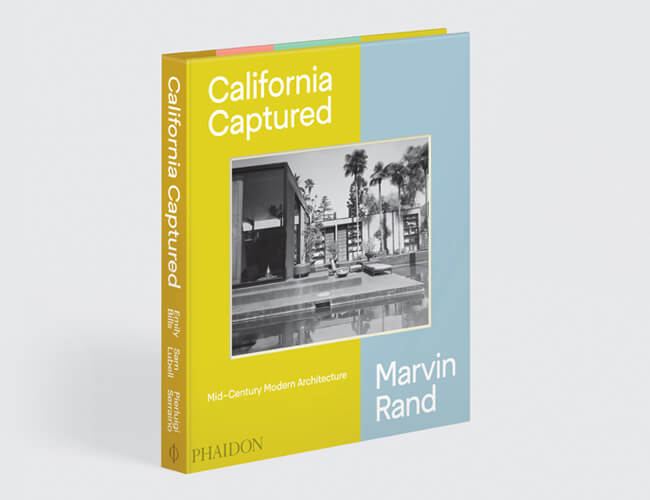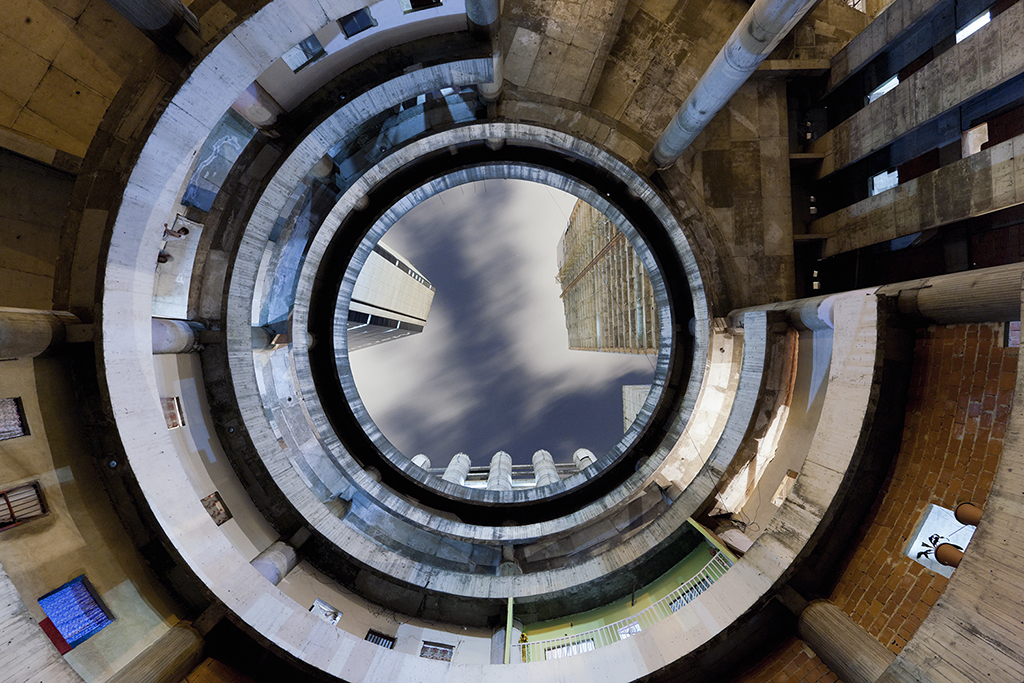
How does photography shape architecture?
A new show examines why the appeal of architecture is changed by how it's photographed
There are two very different photographs of Manhattan in the first section of Image Building: How Photography Transforms Architecture, which opens on 20 July at the Frist Art Museum in Nashville. The earlier picture, shot from the Empire State Building in 1934 by Berenice Abbott, makes new York look like a shiny, highly functional jewellery box of a city, despite being caught in the depths of the Great Depression.
The second, the work of the Dutch photographer Iwan Baan, was created during the power outages following 2012 Hurricane Sandy, and makes the Big Apple seem far less sure of itself, vulnerable even.
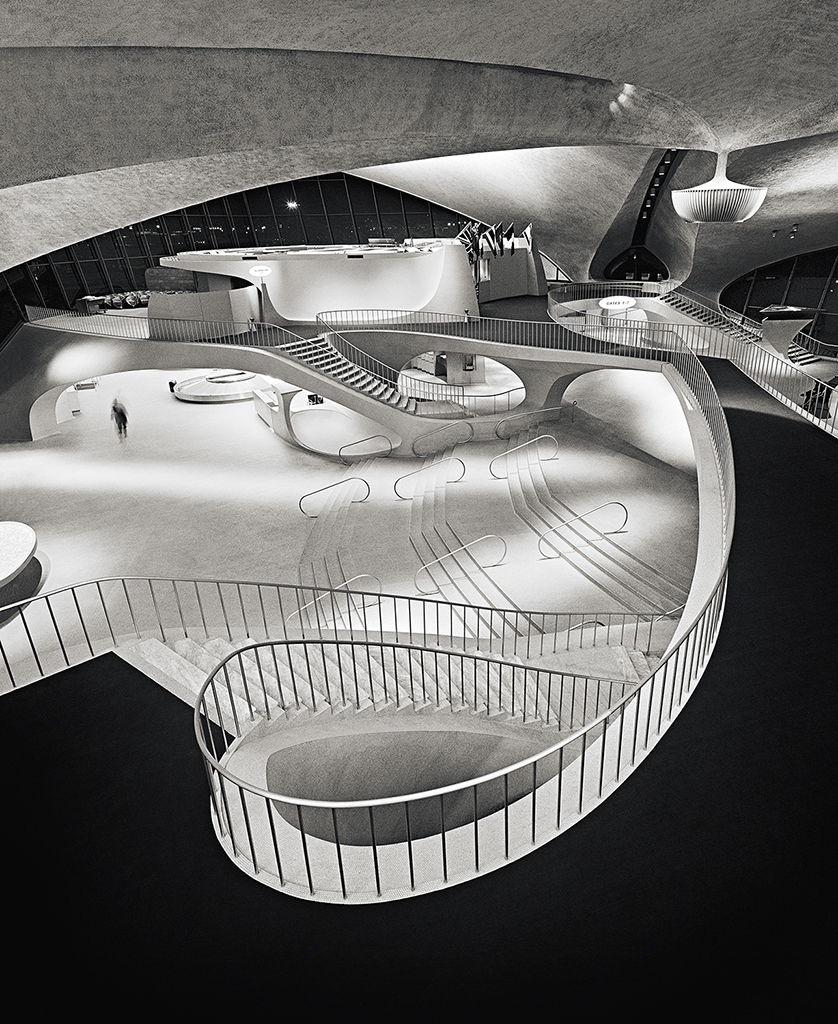
In these photos and others, Image Building seeks to reveal the ways photography shapes and frames the perception of architecture, and how that perception is transformed over time. Some of the featured photographers, such as Julius Shulman, are so closely associated with a school of architecture – the mid-century Case Study houses in Shulman's instance – that the link between his images and the influence of those buildings is largely undisputed.
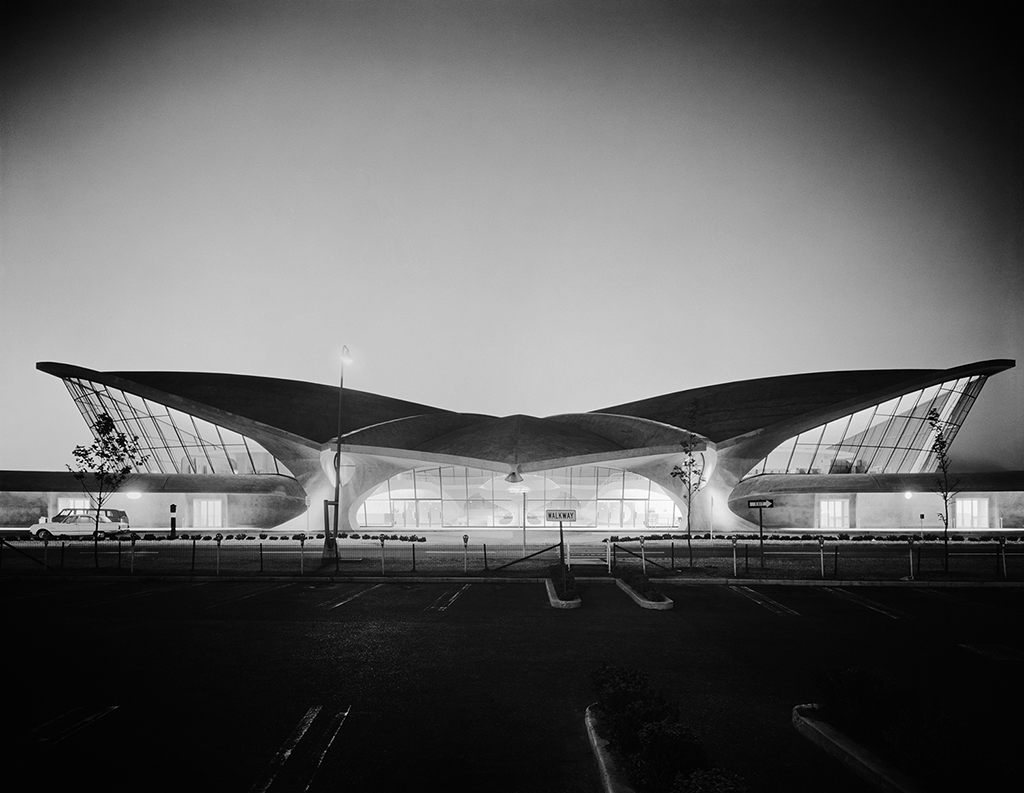
Other artists, such as Stephen Shore and Ed Ruscha seem like stranger inclusions, until you consider how Shore's small-town high street shots, and Ruscha's photographs of LA's old, rundown Sunset Strip, may have saved chunks of our cities, turning largely unloved tracts into valued pieces of architectural heritage.
The Dusseldorf School is represented too, with photos from Andreas Gursky, Candida Höfer, and Thomas Struth, demonstrating how we have learned to appreciate austere museum plazas and huge water towers in almost equal measure.
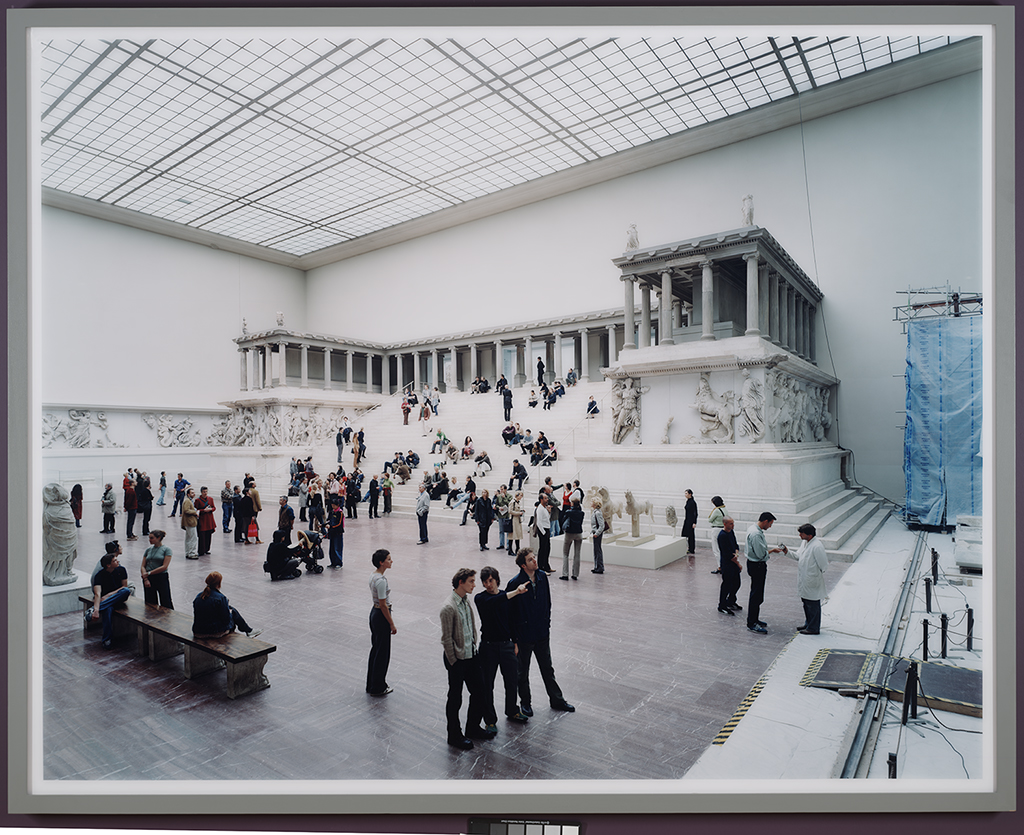
“Buildings and the way they are photographed are visible projections of a society’s self-image, conveying the social, economic, and aesthetic concerns of an era,” says Frist chief curator Mark Scala. “Articulating meaning and function through the representation of an existing or possible structure is a vital part of architectural practice - a way to show both clients and the public how buildings fulfil their function and interact with their environments.”
For more beautiful examples of those functions, take a look at California Captured which features the buildings of mid-century California through the lens of photographer Marvin Rand, Shooting Space, Sacred Spaces as well as our other photographic books and our architecture titles.
